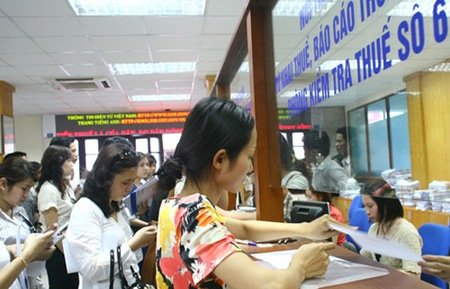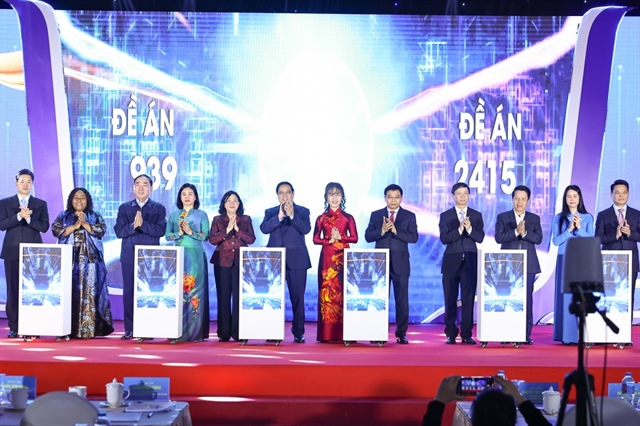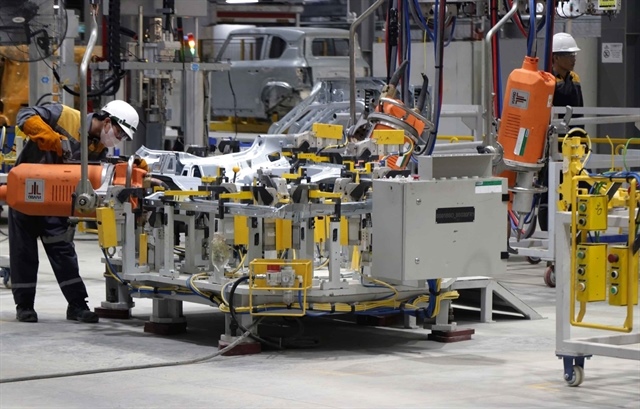Vietnamese tighten belts despite rosier economic forecast
Vietnamese tighten belts despite rosier economic forecast
The Vietnamese public, who are known as the biggest beer drinkers in the world, as optimists about their future, and as big spenders on luxury goods despite modest incomes, curbed their expenses in 2014 more than in the past, according to a report from Nielsen.

The report also said that 85 percent of Vietnamese tend to save money in anticipation of bad conditions instead of spending money in accordance with their demands.
It is expected that Vietnamese GDP per capita would reach $2,200 in 2015, which is lower than that of Singapore, Malaysia and Thailand.
However, the Vietnamese satisfaction index (with their lives) was equal to that of Singaporeans, who have income per capita at over $55,000.
In the 2014 report, 65 percent of polled Vietnamese said they were satisfied with their jobs and 12 percent said “absolutely satisfied”.
However, they remain hesitant in spending money. Approximately 80 percent of Vietnamese try to save money after they spend on basic needs, the highest-ever rate since 2011.
Only four percent of Vietnamese people do not have savings now, from the 7 percent level reported in 2013.
People tend to spend less money on clothes, hi-tech products and entertainment services. However, entertainment services do not include tourism.
Vietnamese are cutting expenses because they fear that the national economy will not recover in a short time.
Only 30 percent of Vietnamese thought the national economy was in a crisis in 2010, while the figure rose to nearly 80 percent in 2013.
Nielsen’s statistics coincide with a report released by Kantar Worldpanel, a market survey firm, in late 2014 which said the Purchasing Confidence of Vietnamese dropped to 7.4 percent from 8.1 percent in the third quarter of 2014.
Also, the General Statistics Office (GSO) reported that the Consumer Price Index in 2014 increased slightly by 4.09 percent over 2013, the lowest in 11 years.
Purchasing Confidence is an indicator designed by Kantar Worldpanel to measure consumer confidence regarding their purchasing, with three components: Purchasing Capability, Willingness to Buy and Real Purchases.
In the latest news, the GSO projected that the CPI in January 2015 would continue to fall on low purchasing demand.

















